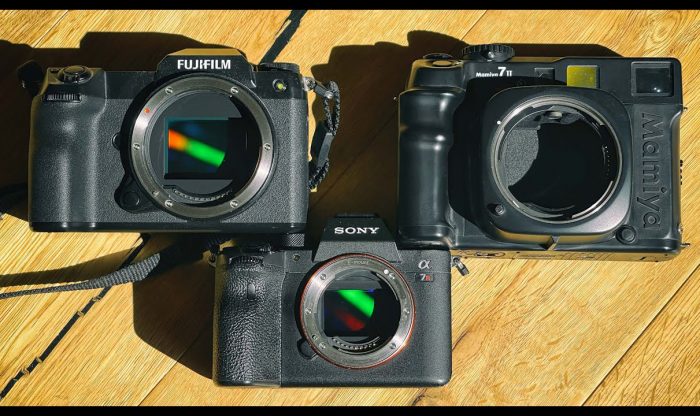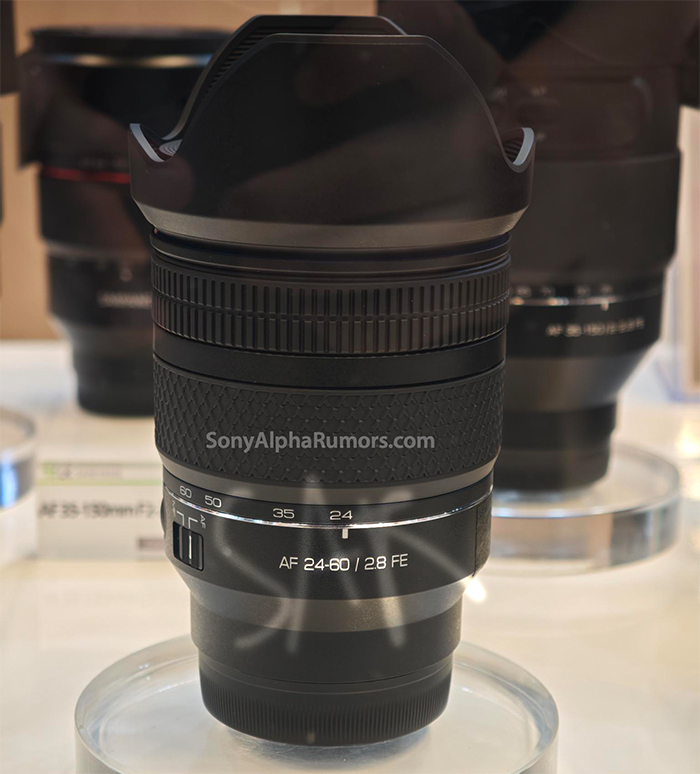Sony FE 20mm f/1.8 G field test by Nate Luebbe
Sony 20mm f/1.8 FE G at BHphoto, Amazon, Adorama. FocusCamera. Amazon DE, Calumet DE. Amazon UK. Parkcameras UK. Amazon FR. Amazon IT. Amazon ES.
The following is a guest post from Nate Luebbe (original article here).
Sony FE 20mm f/1.8 G field test
Early adopters of the Sony mirrorless system have watched with glee as the native lens lineup has grown over the last few years. What was once one of the biggest criticisms of the system is now one of the largest strengths, with more and more incredible glass released every month! Understandably, a lot of this growth has been focused on the “classic” primes like the nifty-50, portrait lenses, and super-telephoto wildlife lenses.
For the landscape and astrophotography lovers, until recently, the list has been a bit bleak, with the only wide-angle, fast-aperture lenses being made by 3rd party manufacturers. The Sony 28mm f/2 lived in my bag for several years, and the 24mm f/1.4 is an absolute blessing. However, landscape lovers in search of a true super-wide prime have been left wanting – until today. The brand new Sony 20mm f/1.8 perfectly fills the biggest missing gap in the Sony lineup, and does it with style: the lens is exactly wide enough for dramatic nightscapes and daytime landscape shots, but still maintains a distortion-free rectilinear image projection. The fast f/1.8 aperture is a full 1.3 stops faster than the 16-35mm f/2.8 GM. All of this is accomplished in a lens smaller and lighter than any similar competitors in the class – nearly 20% lighter than the 24mm f/1.4, and 24% lighter than the Tokina 20mm f/2).
Specifications
-
- MSRP: $899 USD / $1,199 CAD
- Dimensions: Φ2.89” x 3.33“(Φ73.5 x 84.7 mm
- Weight: 373g
- Field of view: 94.5° (diagonally)
- Minimum Focus Distance: 7.5″
- Magnification: 0.22x
- Aperture Range: f/1.8 – 22
- Filter Diameter: 67 mm
- Optics: 3 ED Glass elements, 2 Advanced Aspherical Elements, Nano AR coating.
- Number of Aperture Blades: 9 (rounded)
- Mount: Sony-E
Sample Images
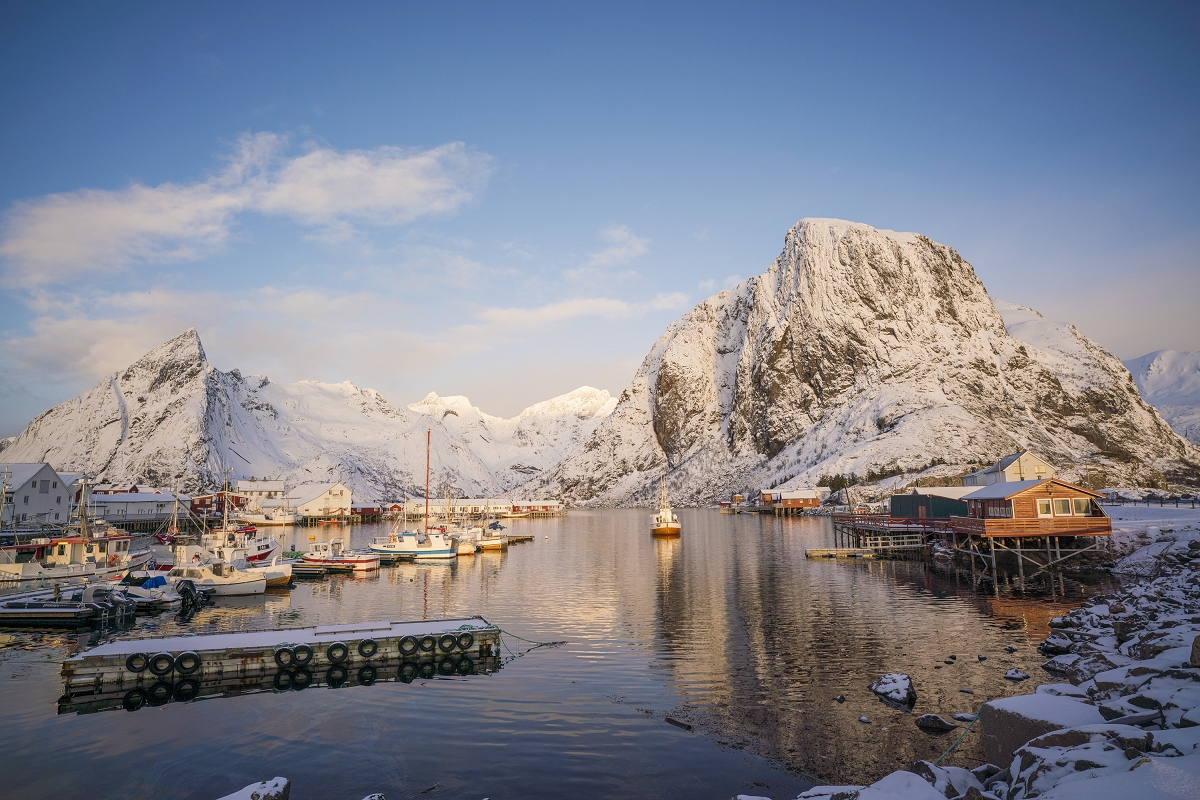
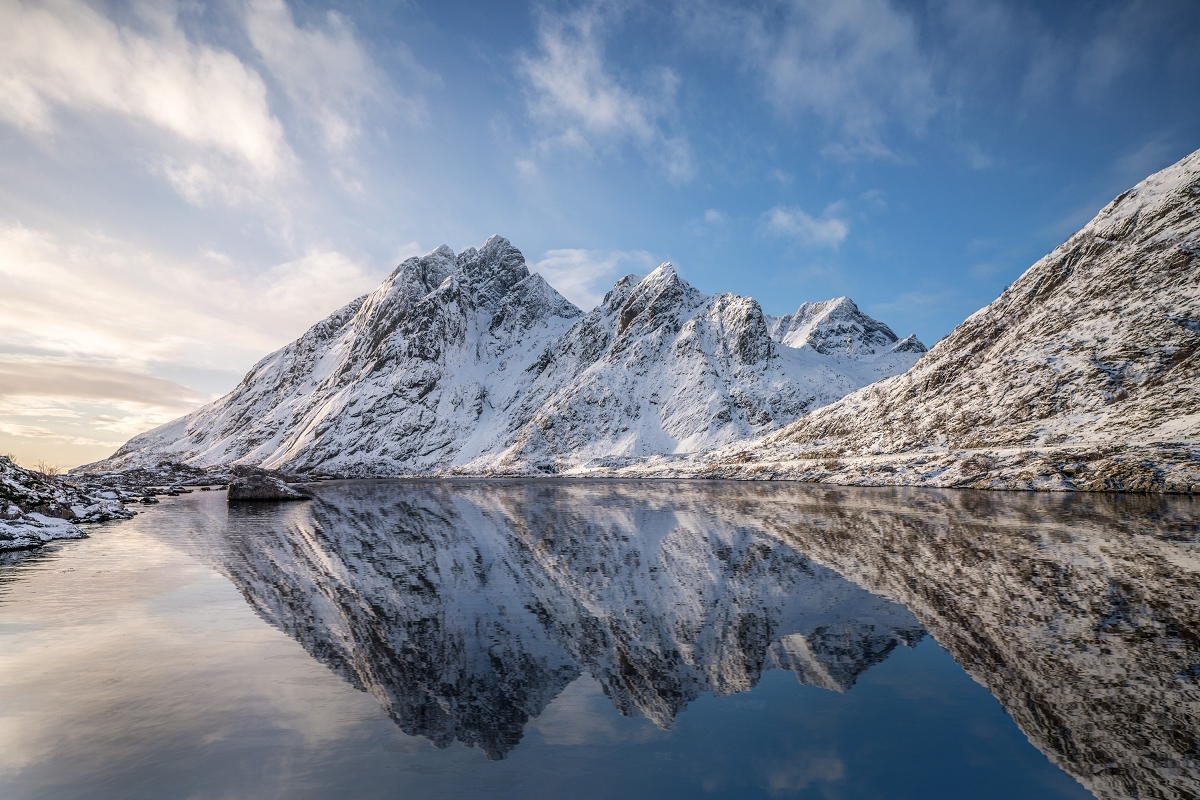
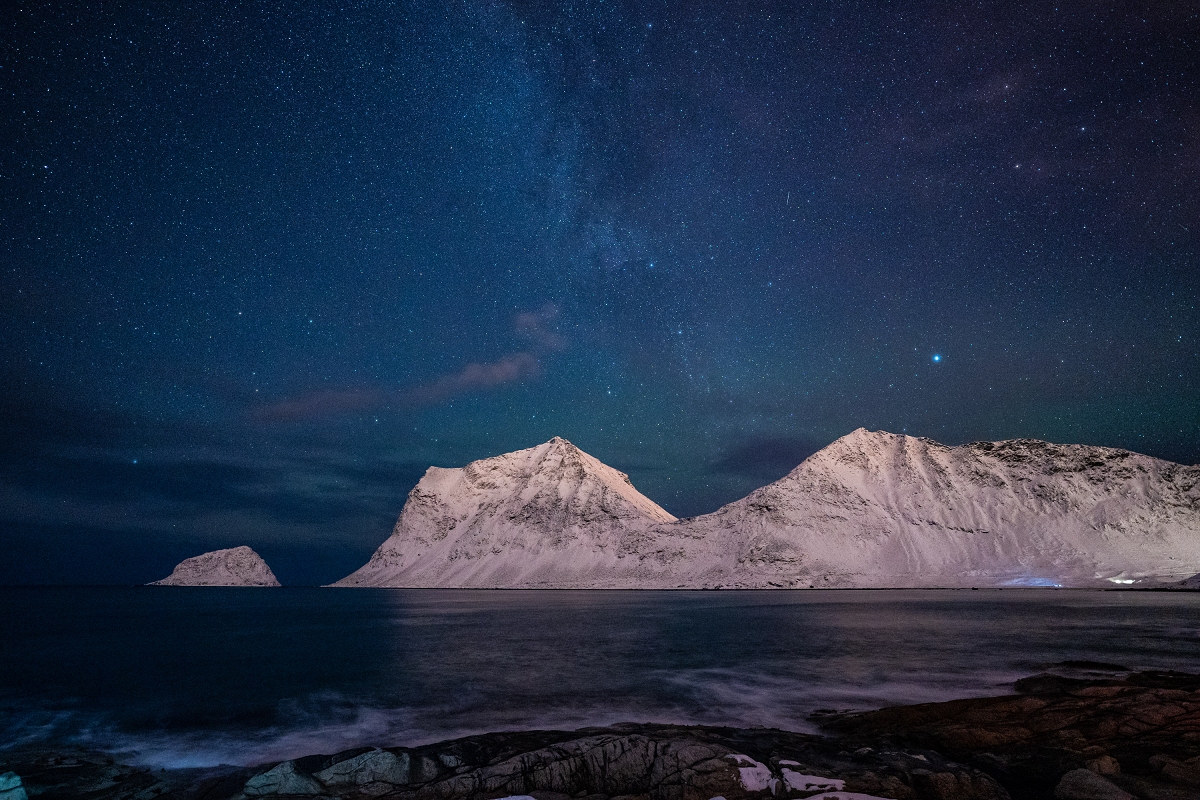
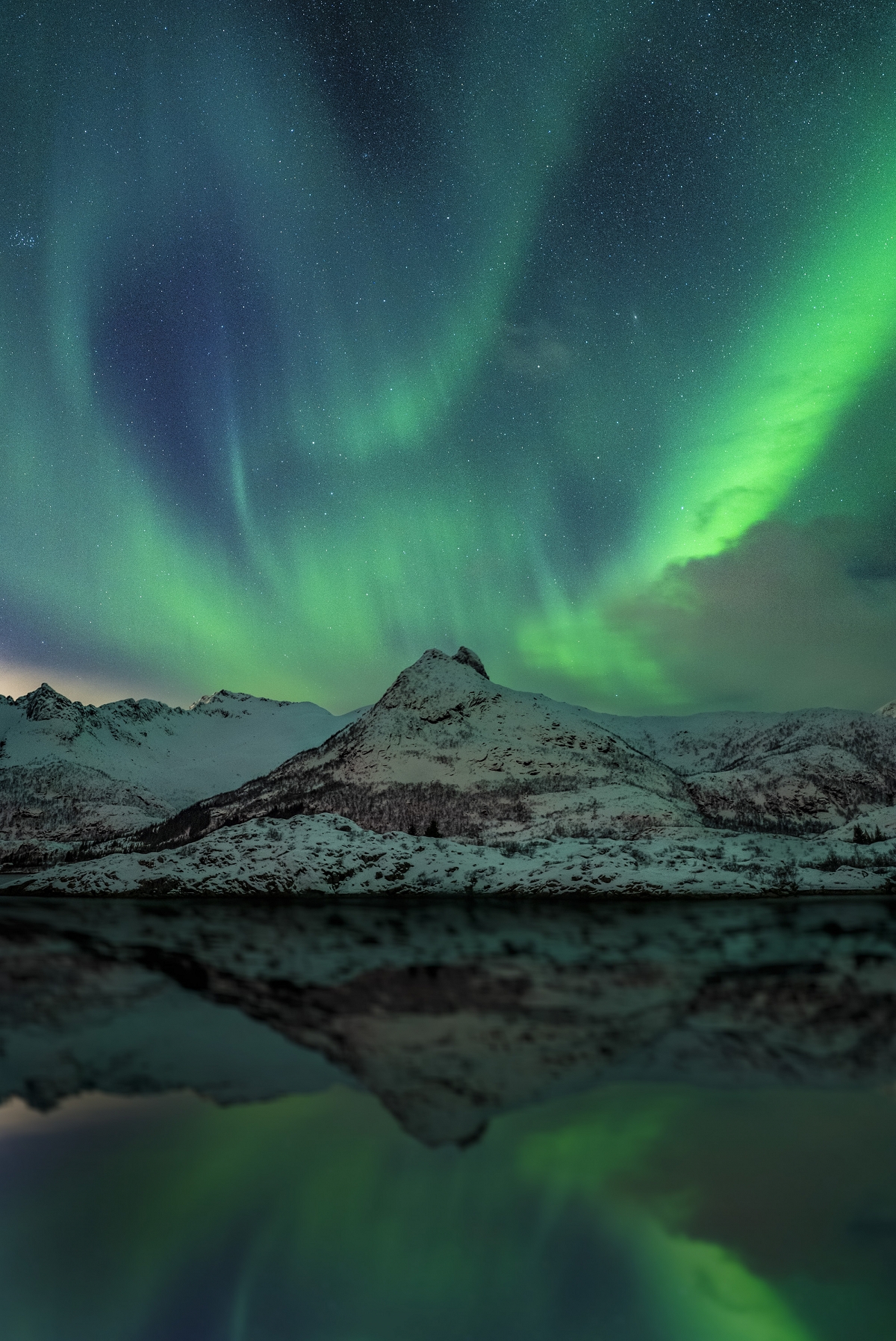
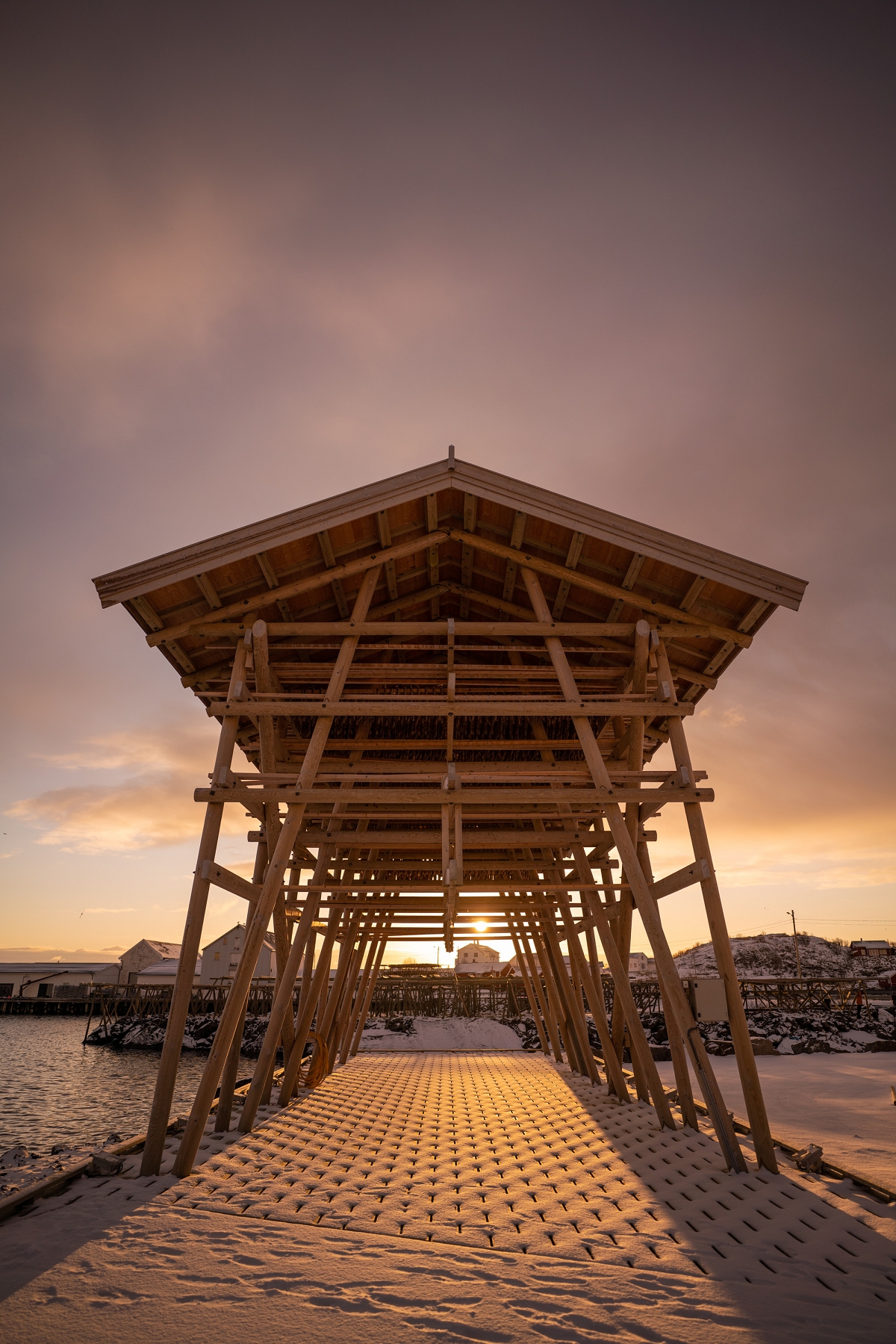
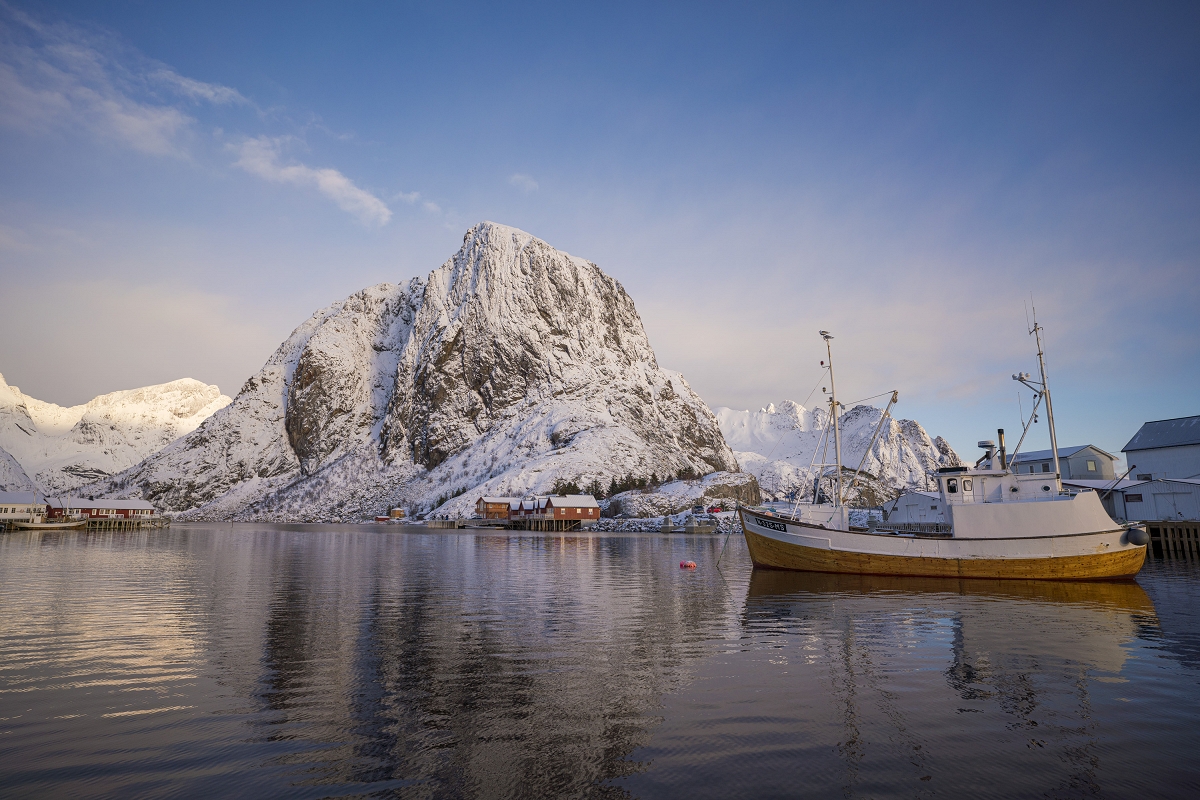
Size and Form Function
Perhaps my single biggest struggle when searching for professional-tier lenses is finding fast, wide lenses that aren’t the size and weight of a 1958 Buick. I’m not a shoot-from-the-parking-lot photographer, so my equipment needs to be able to live in my backpack, and I need to be able to live through the journey in to my shooting location. Unfortunately, in the (justifiable) quest to make lenses more capable and durable, weights and sizes have increased proportionately. Many of my favorite landscape-oriented primes are so heavy that it’s simply not realistic to carry them for any extended length of time. I have to admit I was a bit hesitant with the size and weight of this lens when it first arrived – surely no lens this compact could possibly hold up against the likes of Zeiss and Voigtlander, but how wrong I was. Using the incredible camera-sorcery we’ve come to expect, Sony has managed to create a truly magnificent lens that’s only 84.7mm long, and weighs just 373 grams. For those of you keeping track at home, that’s not just the lightest 20mm f/1.8 mirrorless lens on the market, it’s an astonishing 26% smaller than the equivalent lens from Nikon, and half the weight of the Viltrox 20mm f/1.8 for Sony E-Mount.
The lens features a manual aperture ring, with a selector switch for smooth aperture turns, or a satisfying click between each 1/3 stop aperture increment. I found this to be a very appealing function, as aperture adjustments in the dark are made easier with tactile feedback. However, during the day, or when shooting video, smooth and silent adjustments are ideal. If you’re not a fan of manual aperture, simply turn the aperture ring to ‘A’ and the lens becomes fully automatic, meaning you can control the aperture via the thumbwheels on your camera.
Other features include a focus ring and a selector switch for autofocus vs manual focus. As with the 24mm GM, this lens has a programmable button for various focus hold functions, an inclusion that may be overlooked by some, but invaluable to others.
All in all, if you were to see this lens in the field you would have trouble distinguishing it from the 24mm f/1.4 GM unless the two were side by side. The 24mm is slightly larger, and has the characteristic orange “G” logo on the side, but otherwise the two lenses look, feel, and perform nearly identically.
Optical Performance
Optically, this lens is an absolute gem. Featuring three Extra Low-Dispersion Glass elements, two Advanced Aspherical lens elements and the Nano AR Coating, it seems as though Sony really pulled out all the stops. Everything on the spec sheet reads like a G-Master lens, but at the price point of a G series.
The new 20mm is rectilinear, meaning the image created by the 94.5º field of view doesn’t distort and warp straight lines (such as edges of buildings). With two Advanced Aspherical lens elements (characterized by an extremely dramatic thickness ratio from the center to the edge of the lens elements), images are rendered with beautiful contrast and clarity. Sharpness is advertised as spectacularly good, and as noted below, my tests confirmed this assertion.
Inside the lens we find three glass elements made with Sony’s Extra Low Dispersion Glass. From the Sony Website;
“Lenses built with conventional optical glass have difficulties with chromatic aberration, and as a result, images suffer from lower contrast, lower color quality, and lower resolution. To counter such problems, ED glass was developed and is included in select lenses. It dramatically improves chromatic aberration at telephoto ranges, and provides superior contrast across the entire image, even at large aperture settings. Super ED glass and fluorite lens provide enhanced compensation for chromatic aberration. Fluorite is also lighter than normal optical glass, contributing to reduced overall lens weight.”
Nano AR Coating, a proprietary lens coating that “allows accurate light transmission while effectively suppressing reflections that can cause flare and ghosting. The reflection suppression characteristics of the Nano AR Coating are superior to conventional anti-reflective coatings, including coatings that use an irregular nano-structure, providing a notable improvement in clarity, contrast, and overall image quality.”
This means better light transmission, fewer “ghosts” in images, better sun stars, and fewer artifacts. Basically it means a lot of things, and they’re all really, really good news. However, some artifacts (such as lens flares) can be desirable in certain situations, so although I can’t believe I’m writing this, optically perfect glass may be considered a bit of a downside. Although lens flares are considered a technical flaw in a lens, from an artistic perspective I absolutely love them. The Sony 12-24mm f/4 is famous for dramatic rainbow flares when shooting backlight subjects, and it’s become a staple of my adventure photography lens quiver nearly from that fact alone. I will most certainly miss the lens flares while shooting with the 20mm, but the incredible light transmission, contrast rendering and sharpness offered by the ED Glass and Nano AR coating are a fantastic trade-off, so overall I still consider this a win.
Field Test
All these advanced features were quite obvious to see once I imported my photos and began editing. Perhaps I was fortunate, testing a lens out in what’s easily one of the most beautiful locations on Earth, but even the RAW files straight out of the camera are dazzlingly beautiful with rich colors and deep contrast. I found myself doing significantly less editing than I would with my 16-35 GM: a revelation that I quite look forward to exploring further.
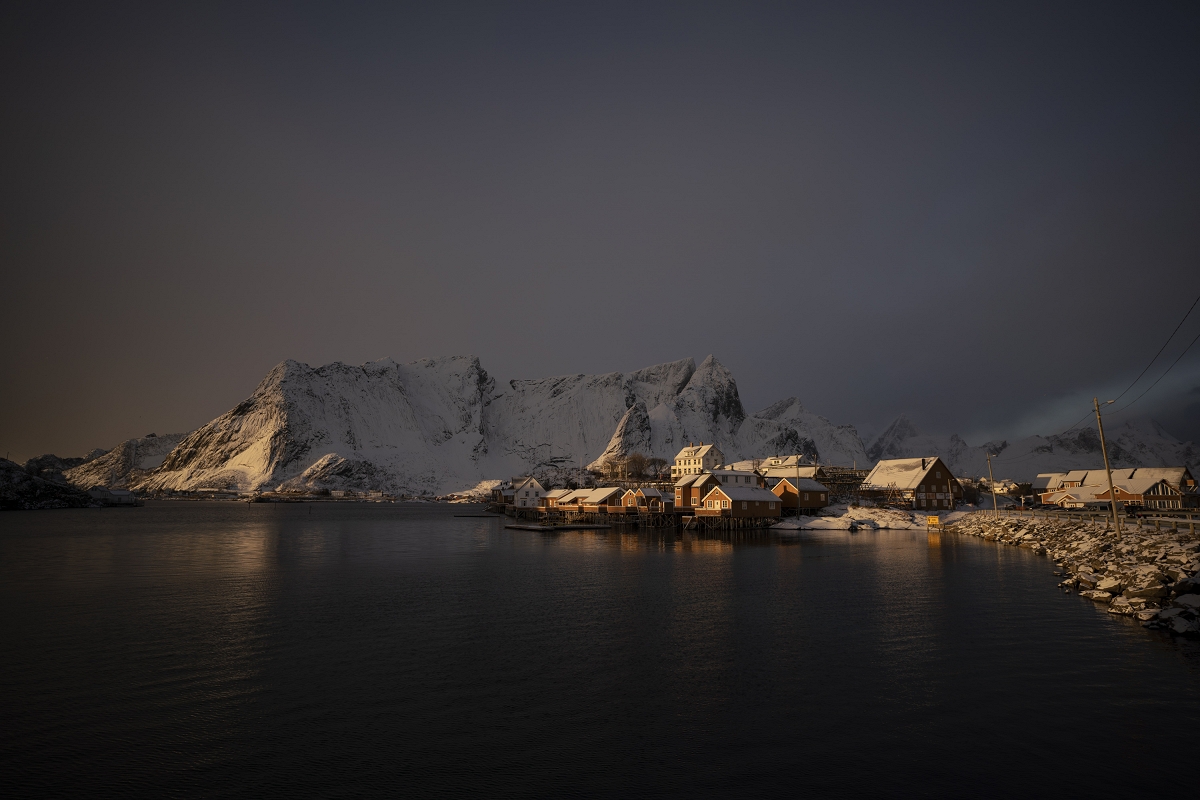
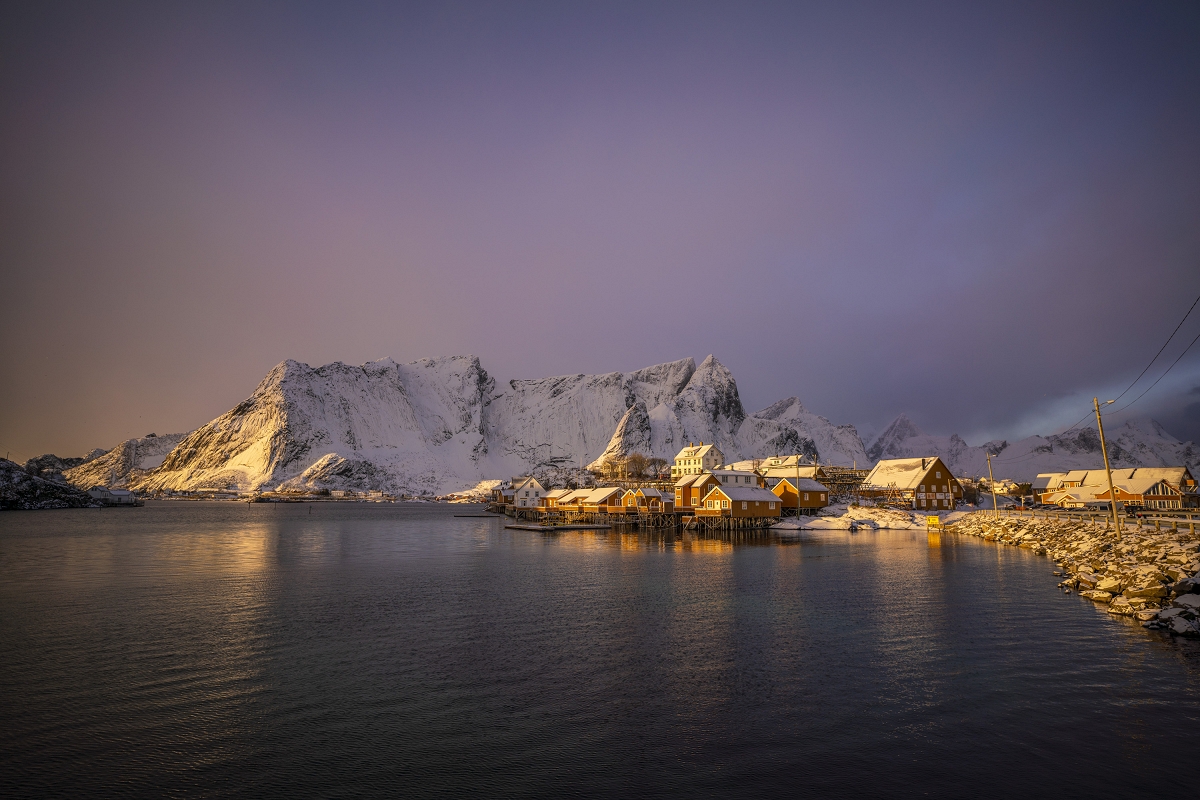
While wide-angle lenses are generally used for astrophotography and landscapes: applications not typically requiring ultra-fast focusing speeds, I am happy to report that this lens contains XD Linear Focus Motors, similar to those found in the wildlife and sports-oriented 400mm and 600mm GM lenses. This opens up a whole new world of possibilities, with wide angle action shots of mountain biking, and low-light sports photography such as rock climbing and skiing immediately coming to mind. My testing was limited to arctic landscapes, but I am very excited at the potential capabilities of this lens for future projects.
I was very fortunate to be testing this lens in the Lofoten Islands of Norway – a place I’ve long considered to be one of the most beautiful locations in the world. We got hit by a serious storm (the single most powerful storm ever recorded in the North Atlantic, in fact), so actual shoot days were limited. Regardless, we did luck out with a day or two of good weather and I was able to run this lens through the paces, both for landscapes and astrophotography.
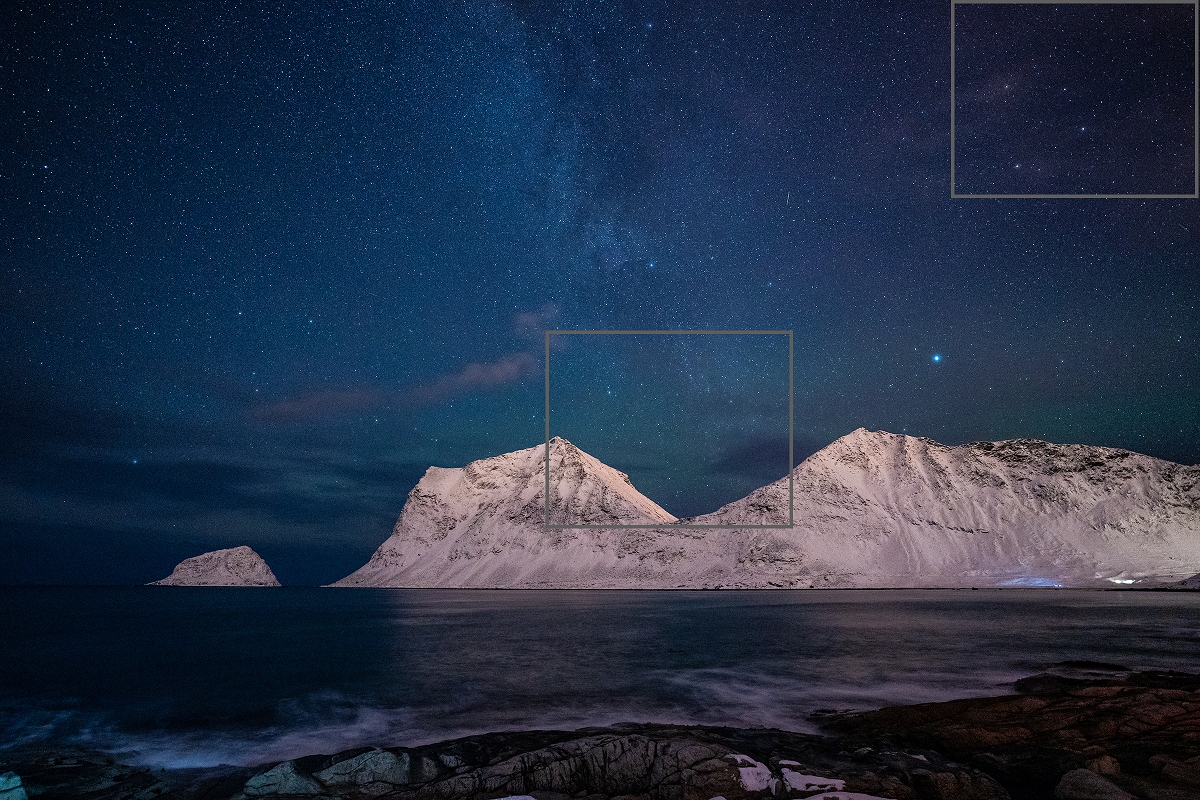
Right off the bat I wanted to start with a shot of the night sky. Although the ISO of 4000 caused some grain, stars are a fantastic way to see the sharpness of a lens with the aperture wide open. In the center of the frame (below), we can see that the lens is spectacularly sharp, even wide open at f/1.8. When cropping to 100% at the corners, we can see the slightest amount of sagittal astigmatism – the ‘wings’ around the stars giving them a slight Saturn shape, and to a lesser degree still, a bit of coma. To be honest, this is pretty astounding. Even the 24mm f/1.4 GM, theoretically a step UP from this lens in the Sony hierarchy, has more visible aberrations than this, at nearly twice the price. Since this lens is a G-series lens as opposed to G-master, I assumed there would be a bit of an optical compromise. This does NOT seem to be the case.
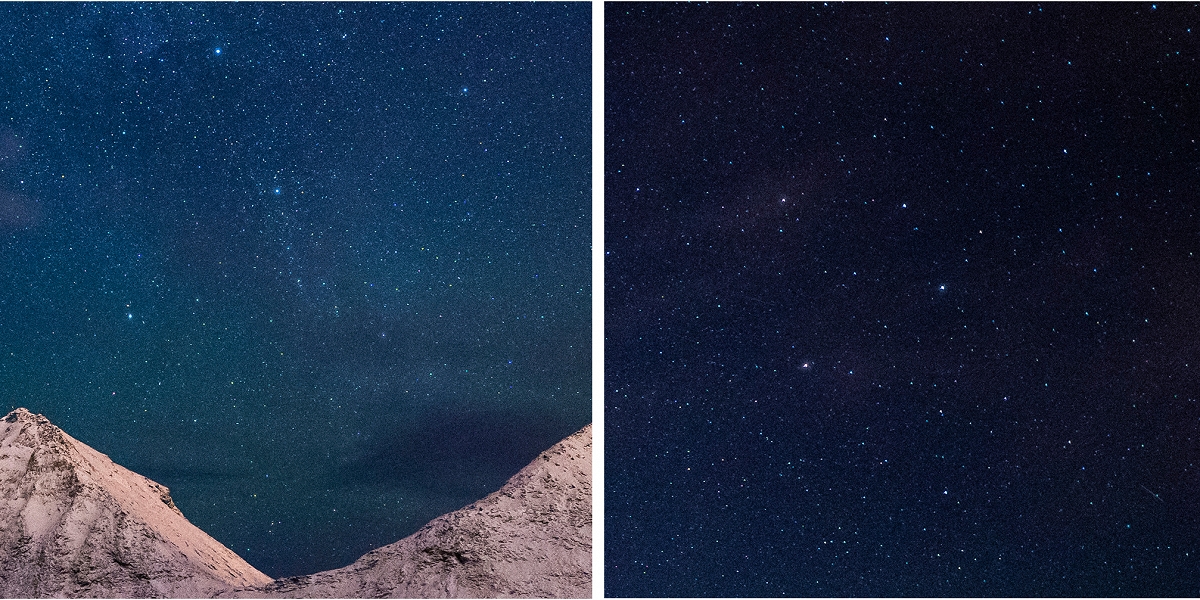
As we can see in the 150% crop shots above, the smaller stars in the center of the frame are pinpoint sharp. The brighter stars have a slight glow around them, which could be interpreted as spherical aberration, but more likely is caused by atmospheric haze or variance in exposure. Regardless, this is very minor, and not something that would dissuade me from using this lens. The 150% crop from the corner of the frame shows a slight bit of coma, as well as a slight bit of astigmatism. While these are technically considered imperfections, this is a very subtle example (significantly better than similar lenses from competitors, and even a bit better than the 24mm GM).
Moving on to daytime shots (below), I wanted to test the limits of the ED glass and Nano AR coating by shooting directly into the sun. Sure enough, nailing my exposure was easy, and lens flare wasn’t an issue whatsoever. The dynamic range and contrast rendering was extremely impressive, also, and detail was wonderfully preserved in the shadows. Again we see, in the second image below, incredible sharpness and detail in the center of the frame, even at f/1.8.
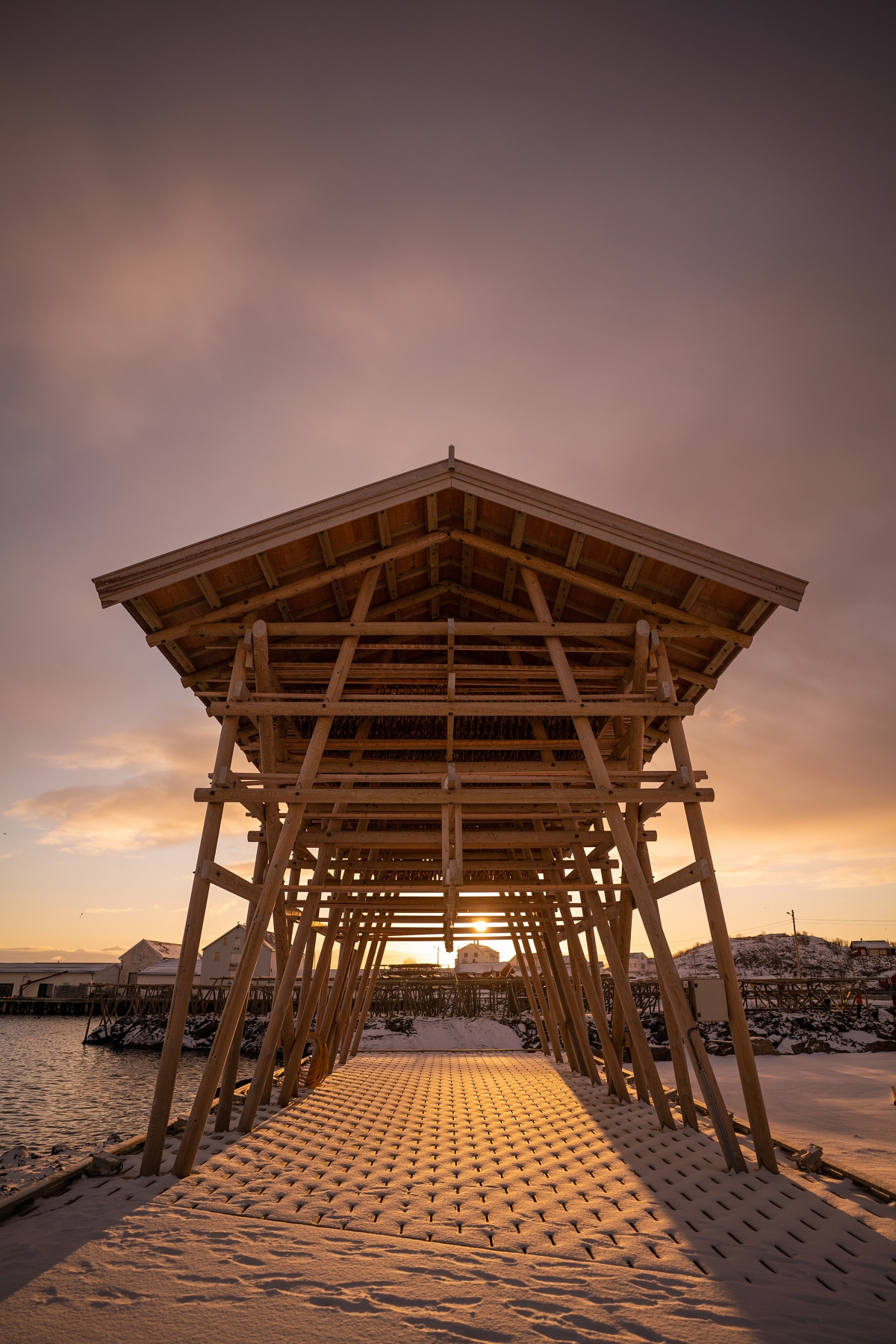
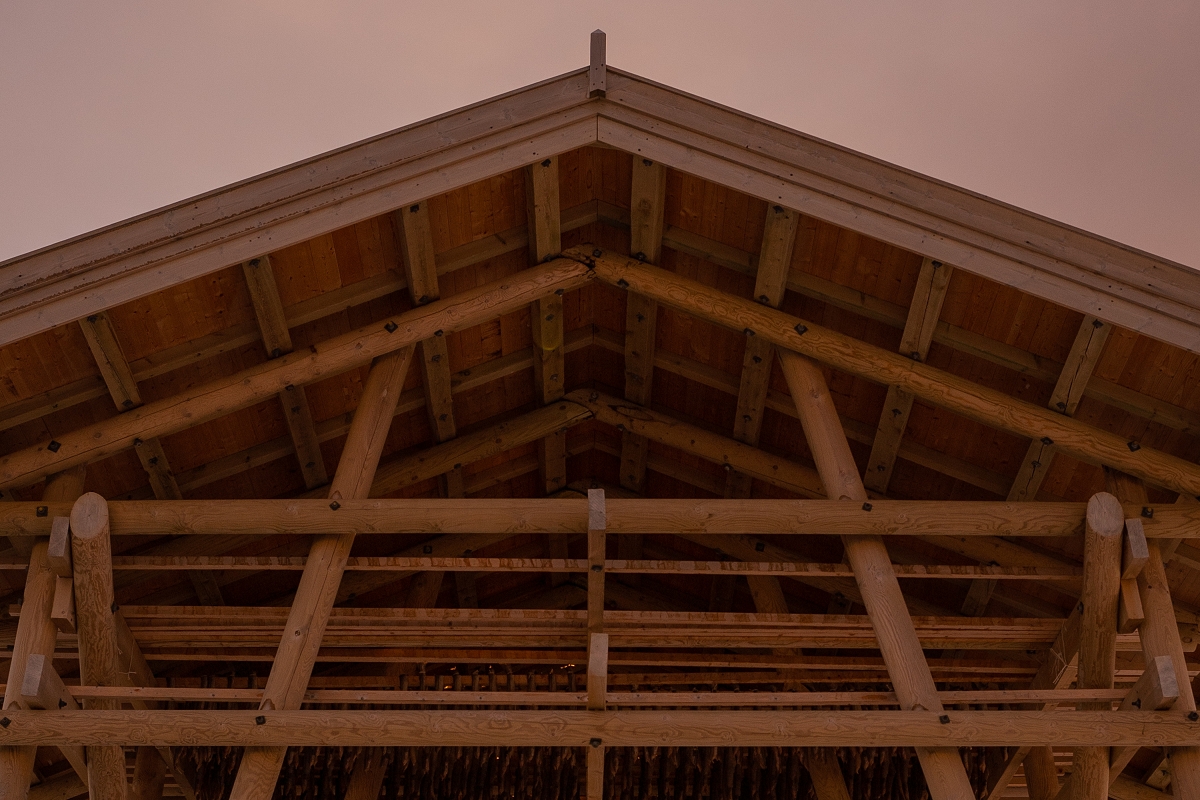
As expected, this lens has a not-insignificant amount of vignette while shooting wide open, but the dropoff from the center of the frame is gradual and smooth. I don’t mind a full stop or so variation in exposure in my photos, as long as it’s not an aggressive 2.5 stop difference from center to corners as you’ll find with competing lenses like the Voigtlander 21mm or Tokina 20mm. The vignette found on this lens is soft and subtle, and nothing that’s difficult to manage. Lightroom doesn’t yet have a lens profile for automatic correction at the time of this writing, so I can’t report on that, but I expect it to completely resolve the issue.
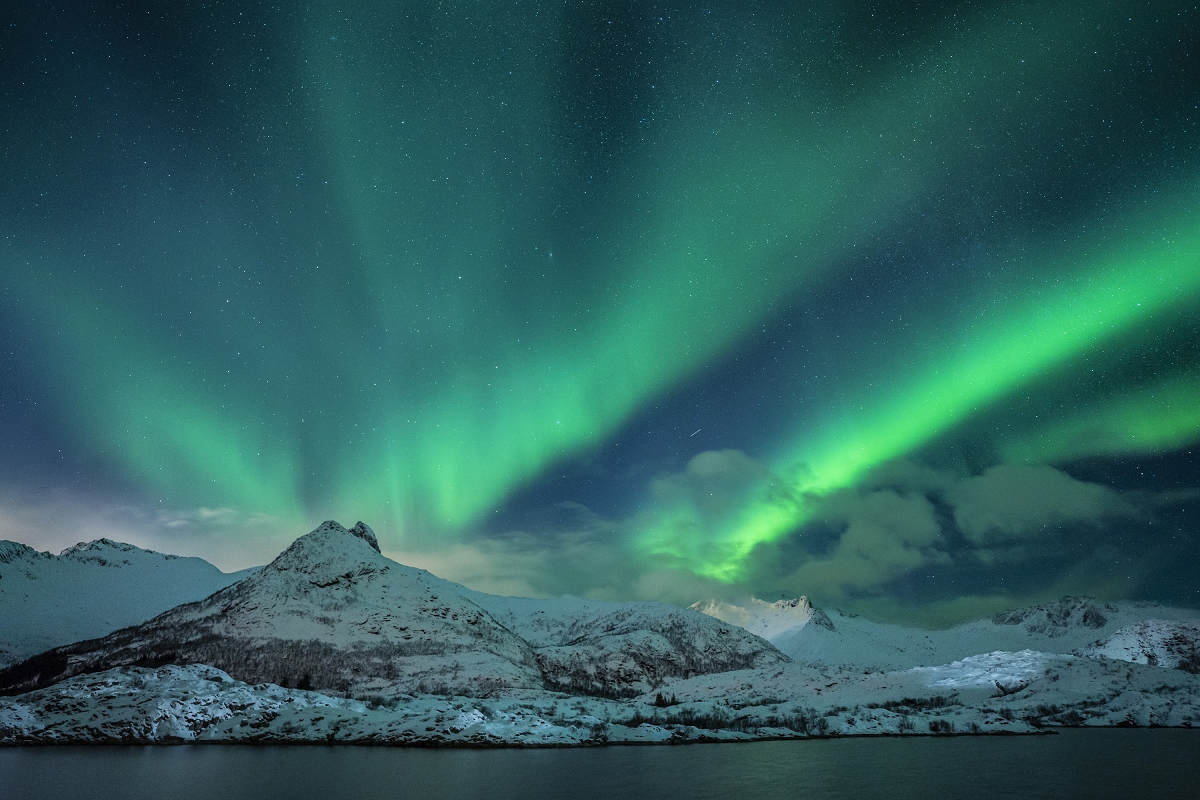
Final Thoughts
All in all, this lens greatly impressed me from a technical standpoint, but the results of this still leave a few questions to be answered; does it deserve it’s own spot in my camera bag? Is it THAT much different from the 24mm GM to justify a separate purchase? If I already have a lens that shoots at 20mm, is the additional aperture from f/2.8 to f/1.8 worth an additional purchase?
For me, in every single instance, the answer is a resounding yes. This is by far one of my favorite lenses I’ve ever had the pleasure of using, and I have no doubts it will be by far one of the most-used lenses for me in 2020. If I wasn’t lucky enough to have one sitting right beside me for the purposes of this review I would be purchasing one the absolute instant that pre-orders are available. A wide field of view, extremely fast aperture, and extraordinary sharpness, corner to corner: the holy trinity of lens requirements, all packed into the smallest and lightest body in its class. Performance that professionals used to only dream of, at a price that even beginner and intermediate shooters can appreciate.
This is as good as it gets.
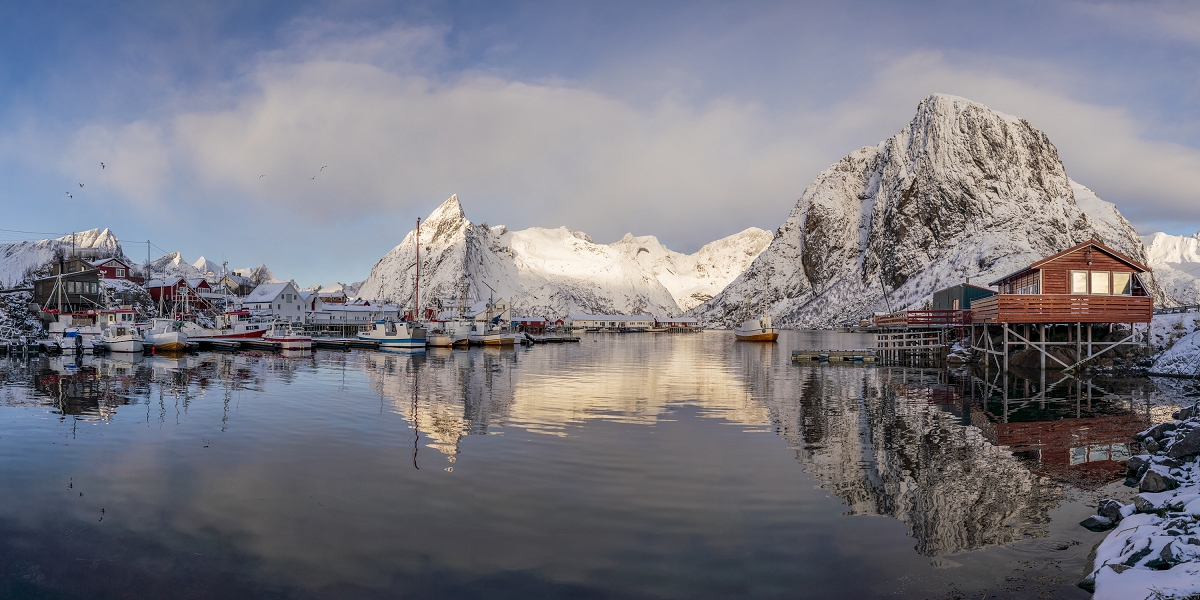
Sony 20mm f/1.8 FE G at BHphoto, Amazon, Adorama. FocusCamera. Calumet DE. Amazon UK. Parkcameras UK. Amazon FR. Amazon IT.
